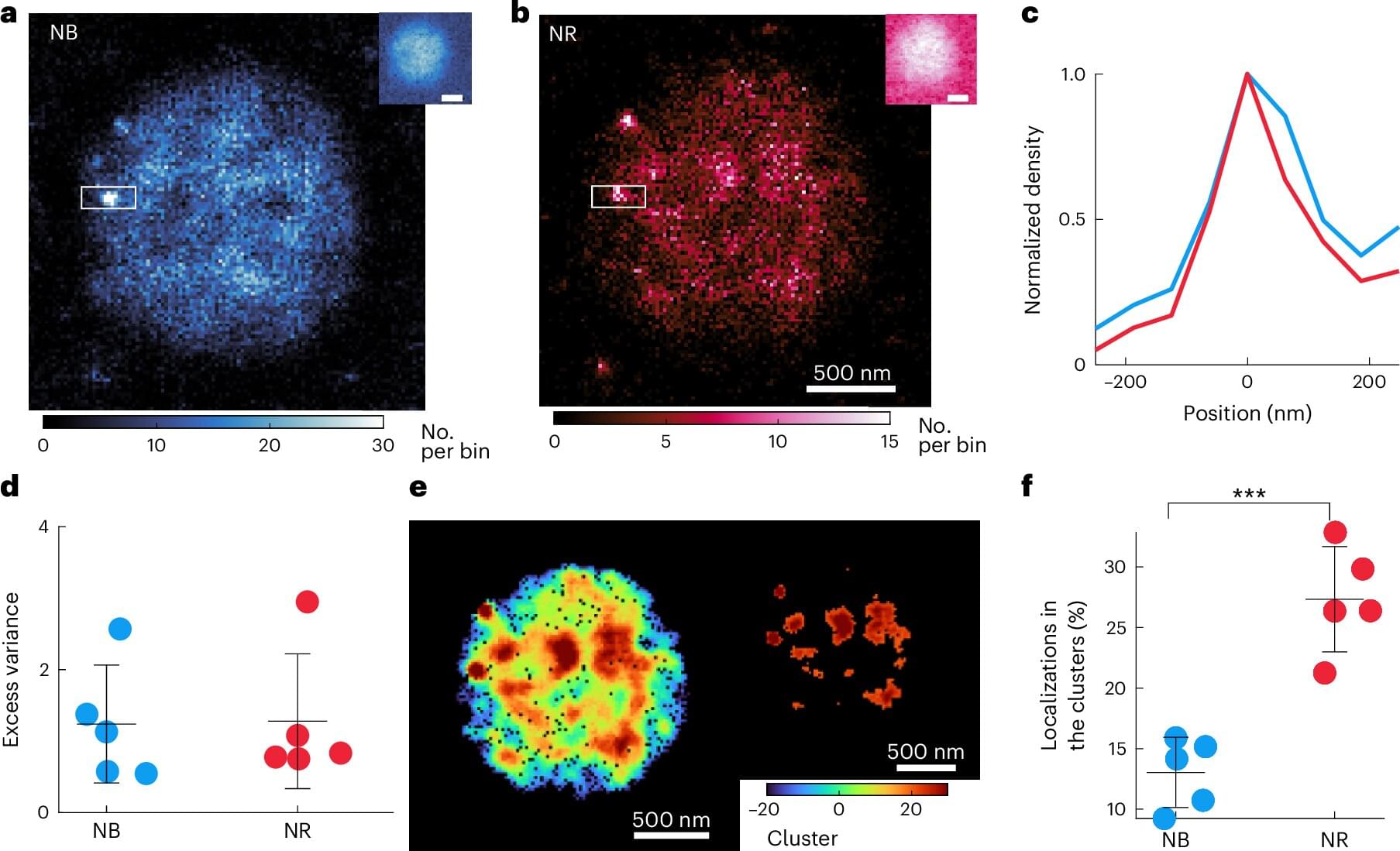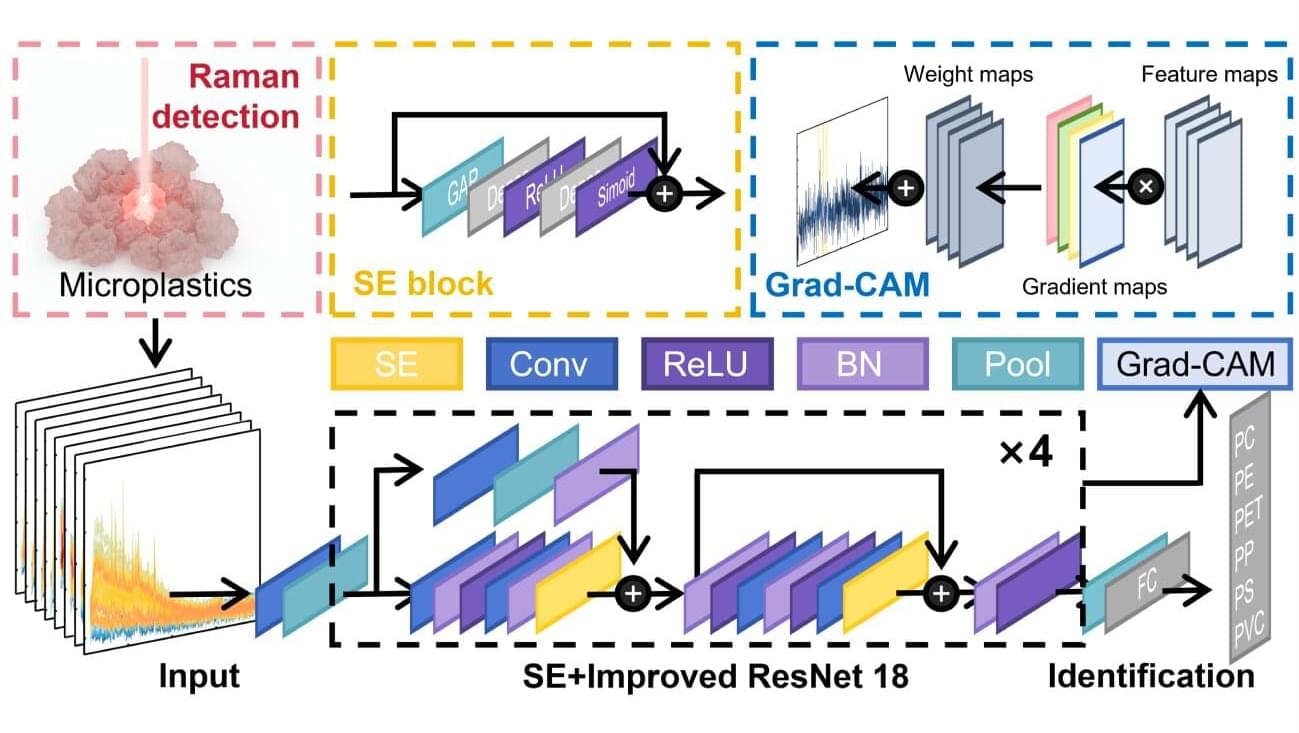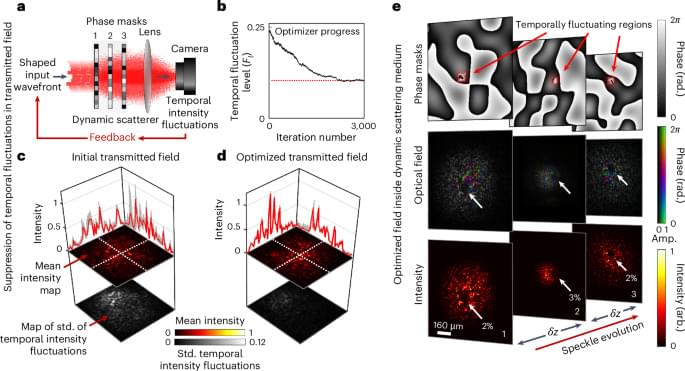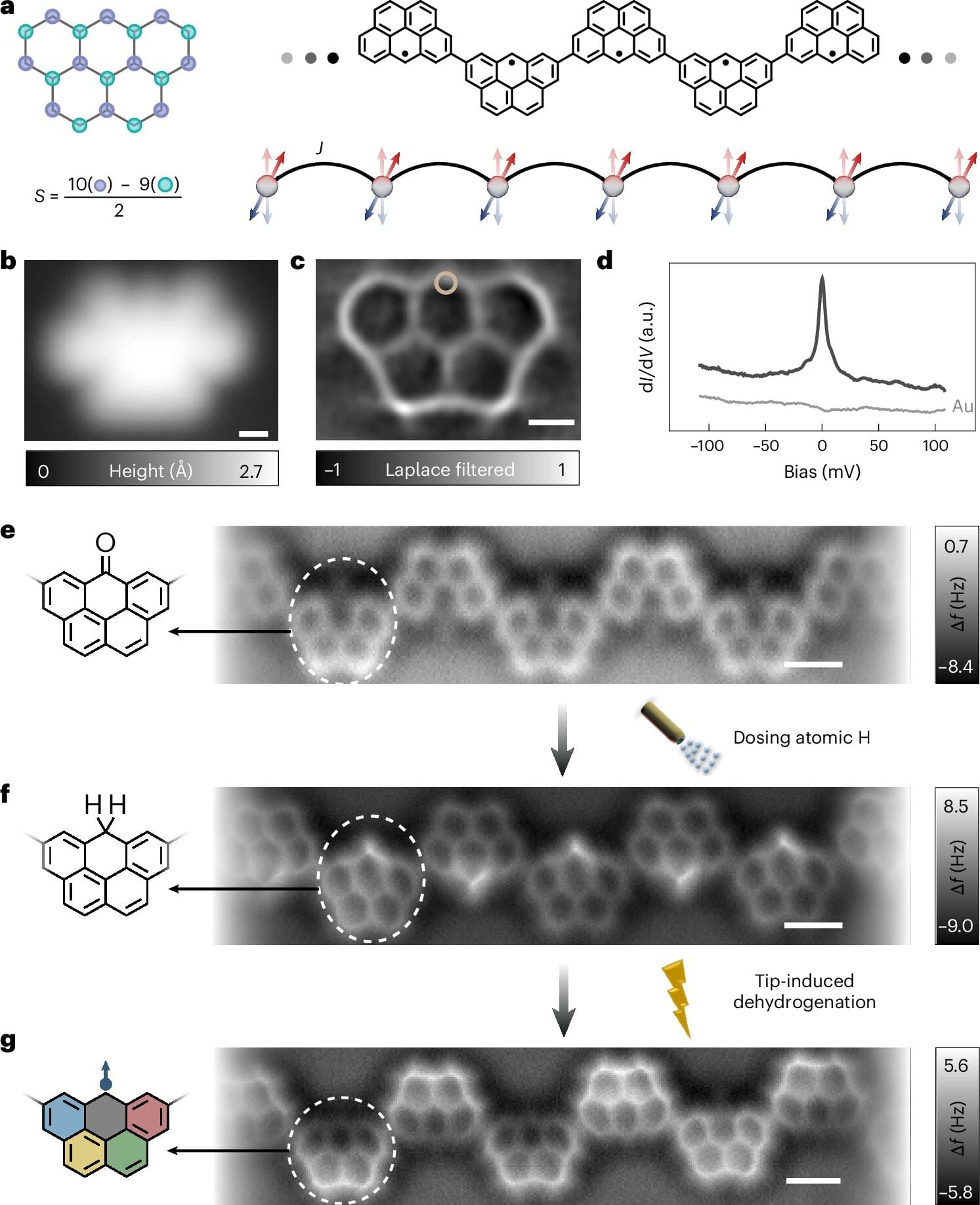Biomolecular condensates are shifting blobs in our cells that organize cellular matter. They are distinct molecular communities made of DNA, RNA and proteins that “condense” molecules to key locations, yet they frequently defy description. Partly this is because they are so small, they cannot be measured using traditional microscopes.
“These blobs were once described as being ‘liquid-like’ because some of them were observed to kiss, fuse, drip and flow like raindrops on windshields,” said Rohit Pappu, Gene K. Beare Distinguished Professor of biomedical engineering the McKelvey School of Engineering at Washington University in St. Louis.
However, while the blobs may look like raindrops, computations have suggested otherwise. The molecular organization within condensates is more like that of a network that rearranges on different timescales, giving condensates more of a shifting, silly putty-like character.









